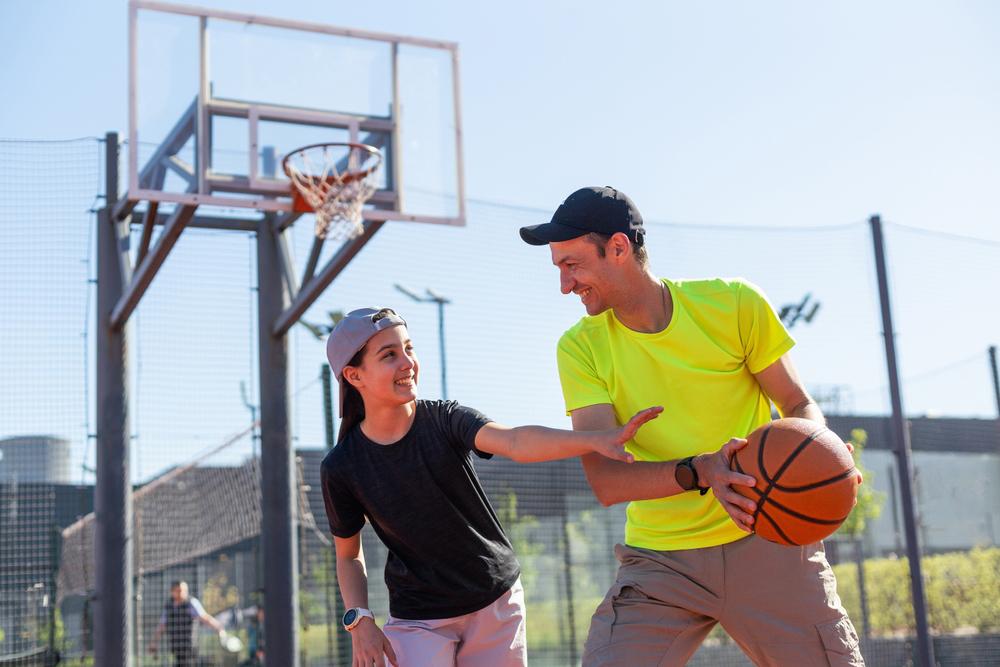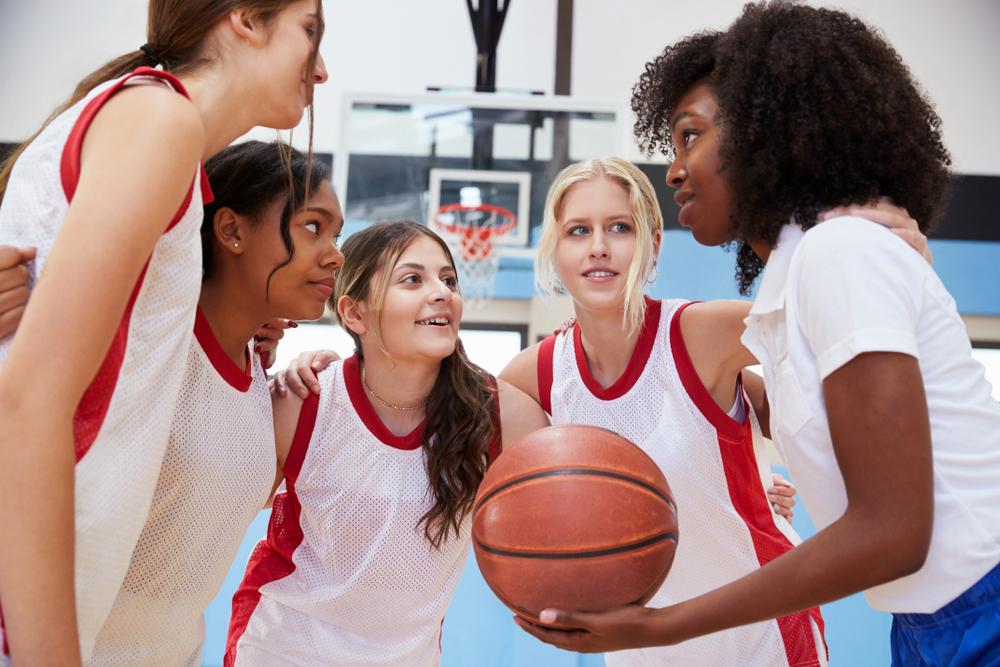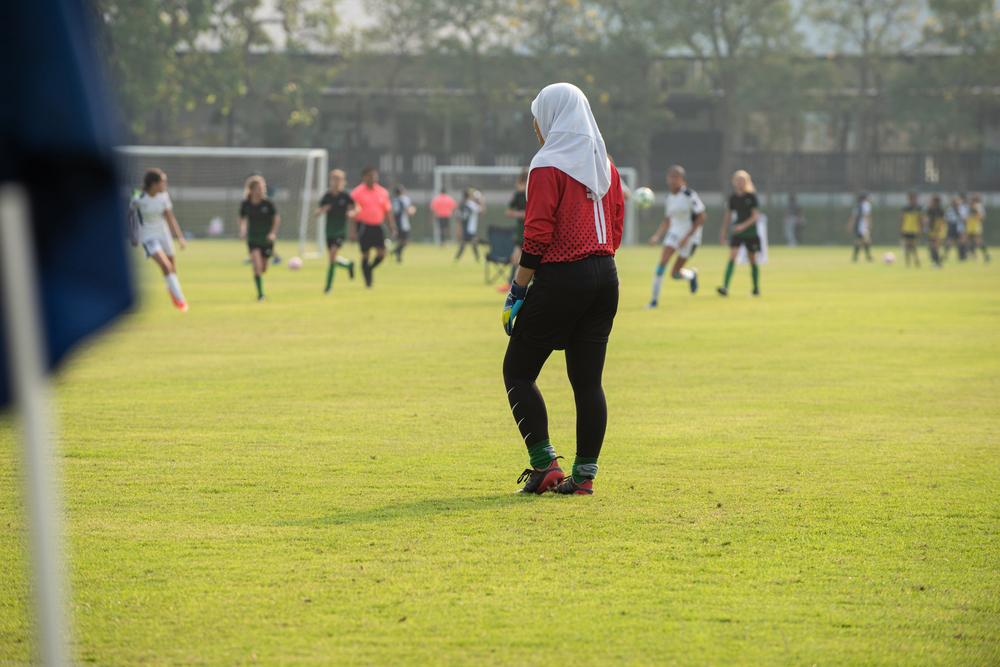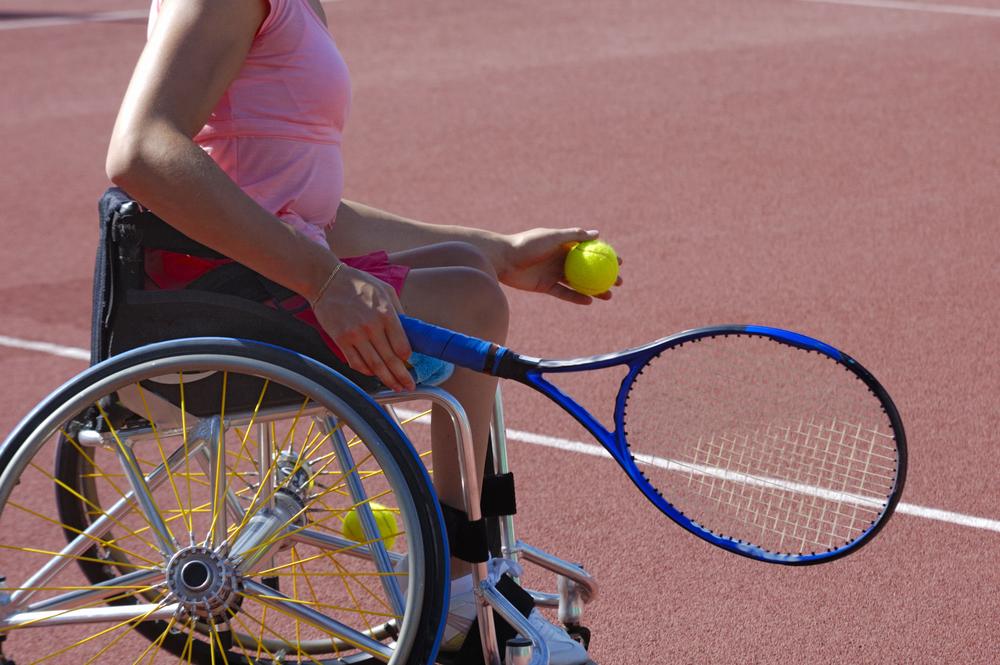 As a coach, you likely have certain assumptions around receiving respect from your athletes. However, when was the last time you really considered what respect means to you—and how your athletes define it? Respectful behaviors might seem obvious to you, but often, what you consider signs of respect are things that athletes simply haven’t learned or don’t understand.
As a coach, you likely have certain assumptions around receiving respect from your athletes. However, when was the last time you really considered what respect means to you—and how your athletes define it? Respectful behaviors might seem obvious to you, but often, what you consider signs of respect are things that athletes simply haven’t learned or don’t understand.
Here, board-certified family physician and TrueSport Expert Deborah Gilboa, MD, explains how coaches can better model and teach respect to their athletes in order to help the athletes grow and mature.
Don’t Expect Respect for Nothing
The first thing Gilboa stresses when talking to coaches and other adults about respect is that respect isn’t something that should be automatically owed to you. “A lot of people think, ‘Kids just owe me respect,’” Gilboa says. “But when I give talks about respect, I’ll often ask someone, ‘May I please have $1,000 in cash?’ And they smile and laugh, and they say, ‘No, I don’t have that.’ And I’ll respond, ‘Part of being here is that you need to be able to give me $1,000 cash, and you should just know that without being told.’ And that’s exactly what you’re doing when you’re demanding some behavior from young athletes without earning it, and without explaining what behaviors are respectful.”
Don’t Expect Students to Understand the ‘Rules of Respect’
 You may think ‘respect’ is an obvious behavior that everyone understands. But as Gilboa’s example above points out, not everyone has been told ’the rules.’ It’s often assumed that parents have taught their children how to be respectful, but that’s not always the case, and different cultures may even have different connotations around the word ‘respect.’ Adults tend to assume that student-athletes inherently understand what ‘being respectful’ means—and that puts many young athletes at a disadvantage. “There are many people who would respond to the request for $1,000 by saying, ‘I’ve never had $1,000 in cash, and I don’t come from a world where I would just happen to have $1,000 dollars in my pocket,’” Gilboa adds. “Some kids don’t come from a world where they just happen to know what respect looks like and can easily give it to someone. We have to start by giving it to them and helping them learn what respect looks like, rather than demanding it from them.”
You may think ‘respect’ is an obvious behavior that everyone understands. But as Gilboa’s example above points out, not everyone has been told ’the rules.’ It’s often assumed that parents have taught their children how to be respectful, but that’s not always the case, and different cultures may even have different connotations around the word ‘respect.’ Adults tend to assume that student-athletes inherently understand what ‘being respectful’ means—and that puts many young athletes at a disadvantage. “There are many people who would respond to the request for $1,000 by saying, ‘I’ve never had $1,000 in cash, and I don’t come from a world where I would just happen to have $1,000 dollars in my pocket,’” Gilboa adds. “Some kids don’t come from a world where they just happen to know what respect looks like and can easily give it to someone. We have to start by giving it to them and helping them learn what respect looks like, rather than demanding it from them.”
Modeling Respect Earns You Respect
The golden rule—do unto others as you would have them do unto you—applies here. If you want athletes to respect you, you need to treat them with the respect you want for yourself, says Gilboa. This may be a perspective shift for you as a coach, but modeling respect by giving it to the athletes is the fastest way for them to learn how to show respect back. “Rather than expecting people to guess what feels respectful to you, modeling it is the most effective way to show it,” says Gilboa. “If you want your team to address you as Mr. Smith or Coach Smith, you could choose to model that behavior by referring to the athletes as Mr. X—using the appropriate pronouns, of course. The athletes will never forget that you treated them with respect by using their honorific and their last name rather than a nickname or just their last night. This is a simple way to teach the lesson rather than nagging them to call you a certain name.”
Your Bad Behavior is Even More Noticeable
“You have to practice what you preach, or you are teaching something else,” says Gilboa. If you demand that students show up to practice on time but you’re usually several minutes late, you’re teaching them that punctuality isn’t actually important. Similarly, if you’re telling athletes to be sportsmanlike to the team they’re competing against but you’re yelling at the referee, you’re not modeling the respect you’re telling them is necessary.
Set Clear Expectations
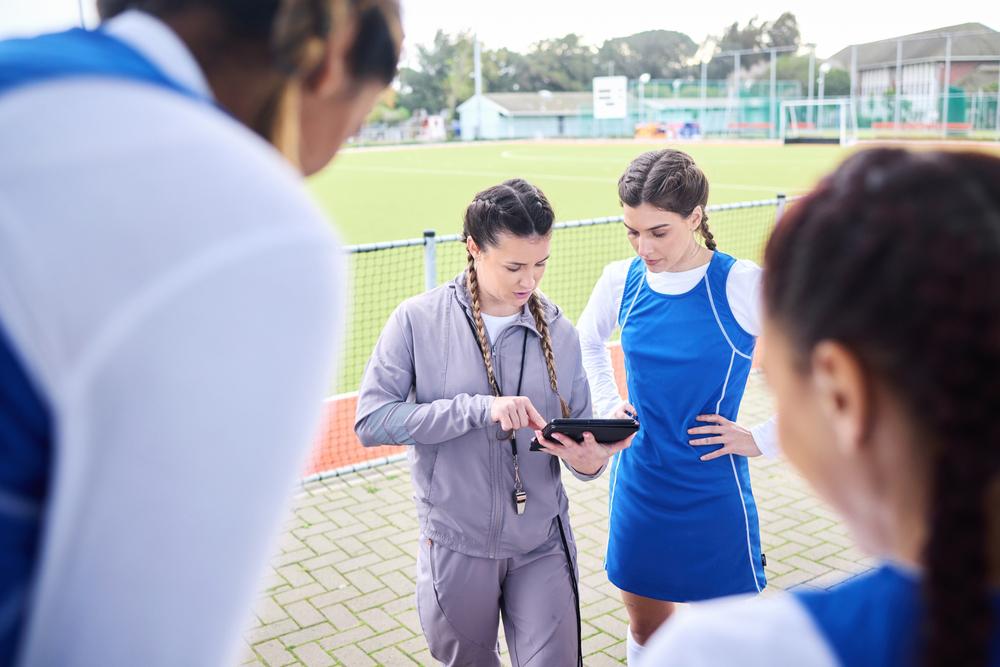 While respect seems like a quality that athletes should just ‘know,’ your athletes will be better served if you lay out your expectations around respect in a clear set of rules, with a defined set of consequences, says Gilboa. If you consider being punctual to practice a sign of respect, make being on time a rule for the team and have a consequence if an athlete is late. The important part here, though, is sticking to the consequences, even if it means benching your star player. “Athletes need clear expectations and reliable consequences,” says Gilboa. “Reliable consequences mean that no matter who you are on the team, the consequences for not living up to those expectations still apply.”
While respect seems like a quality that athletes should just ‘know,’ your athletes will be better served if you lay out your expectations around respect in a clear set of rules, with a defined set of consequences, says Gilboa. If you consider being punctual to practice a sign of respect, make being on time a rule for the team and have a consequence if an athlete is late. The important part here, though, is sticking to the consequences, even if it means benching your star player. “Athletes need clear expectations and reliable consequences,” says Gilboa. “Reliable consequences mean that no matter who you are on the team, the consequences for not living up to those expectations still apply.”
________________________
Takeaway
In order to receive respect from your team, you need to lay out clear expectations and reliable consequences around respectful behaviors. Make sure you’re modeling these behaviors and ensure that all teammates face the same consequences when they don’t model those same behaviors.
